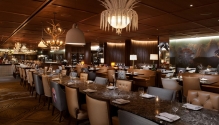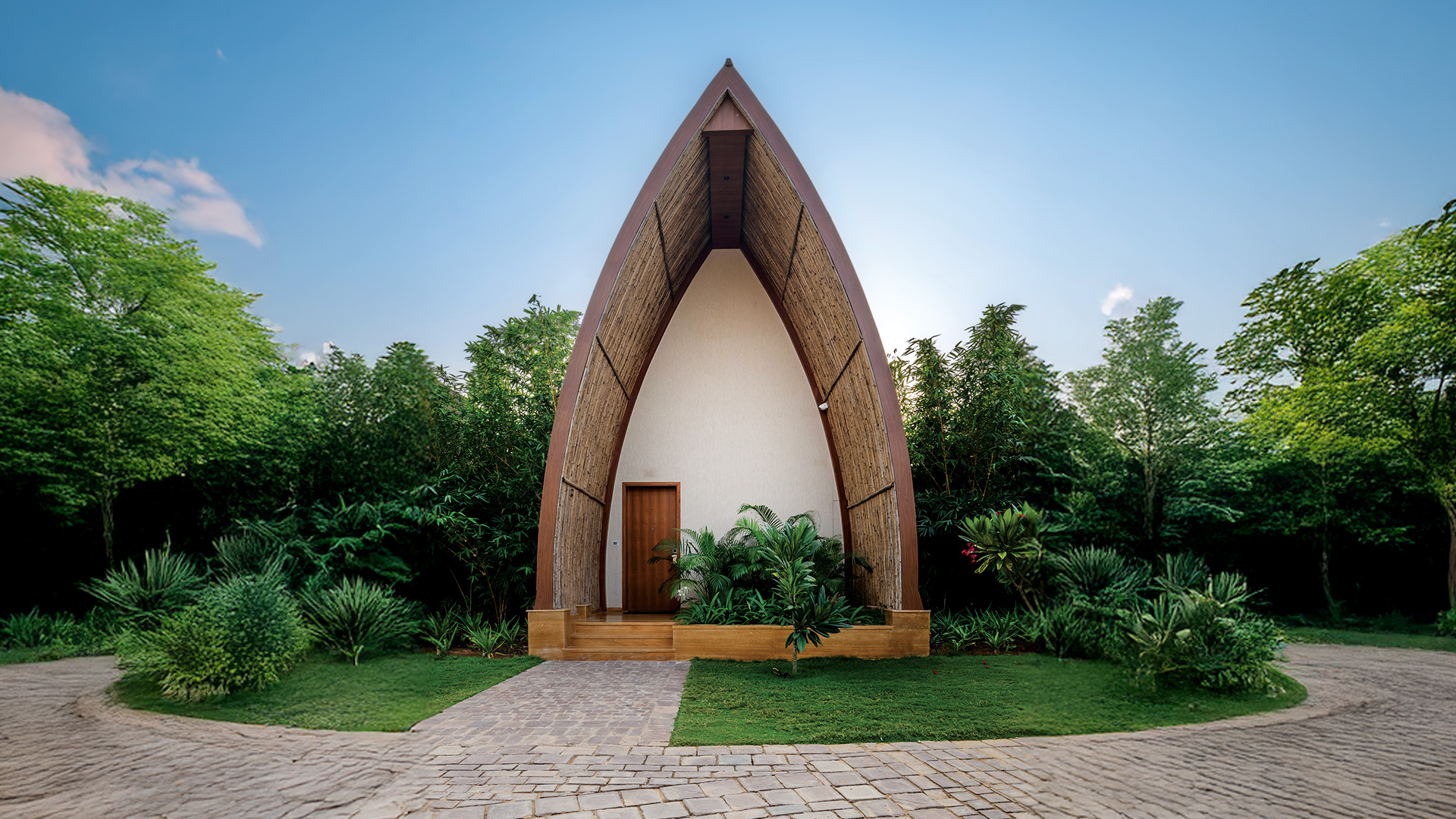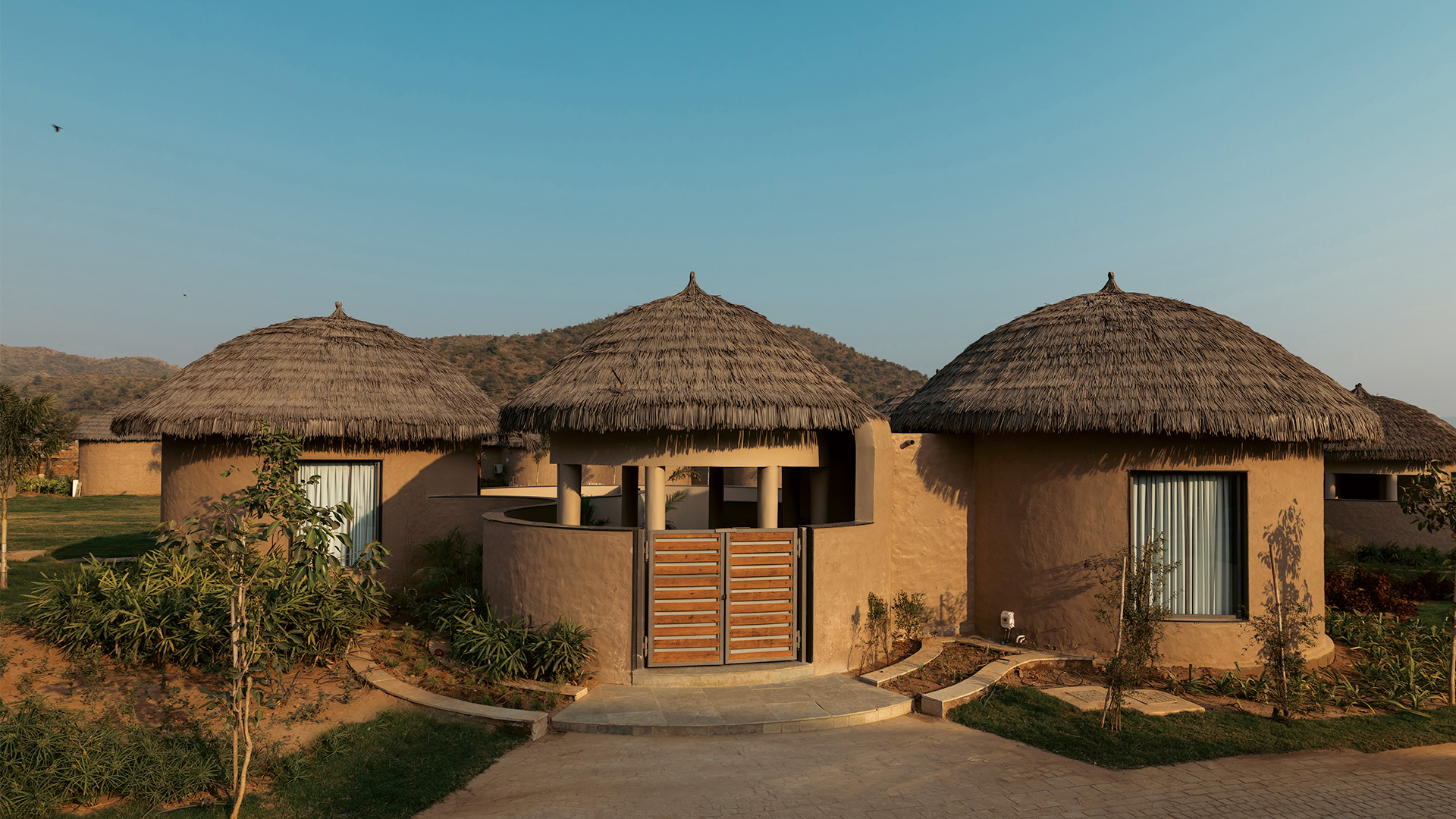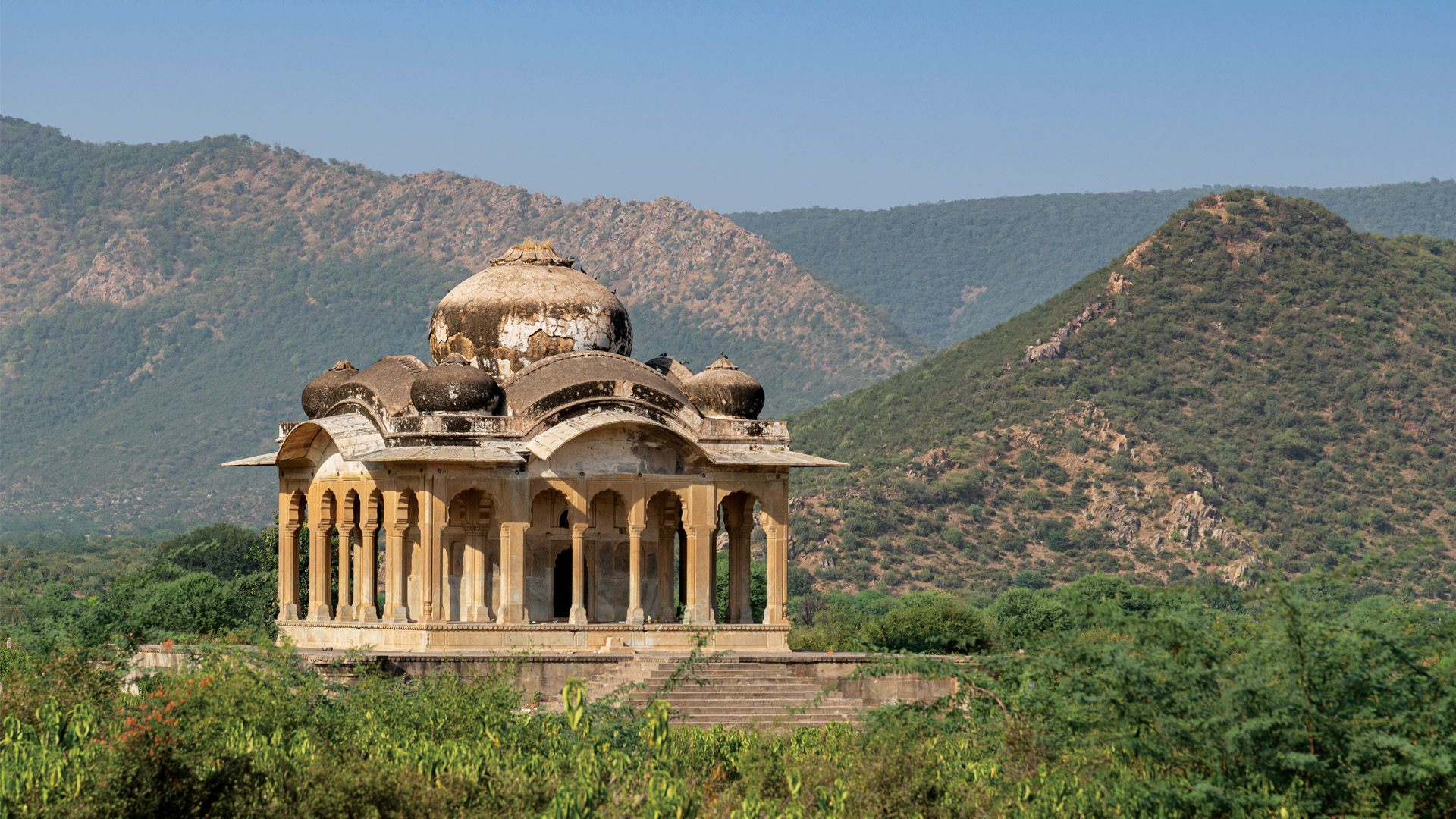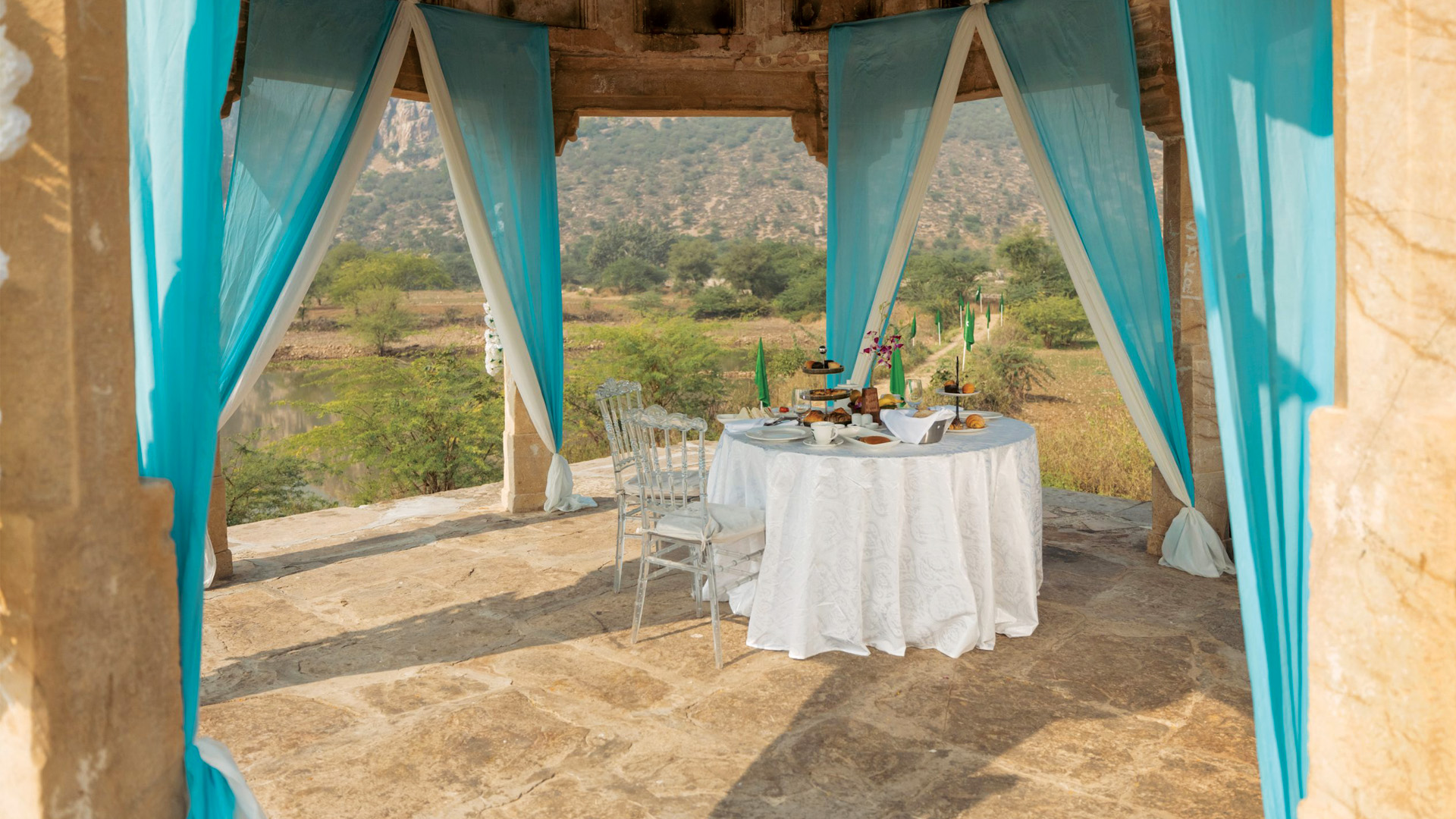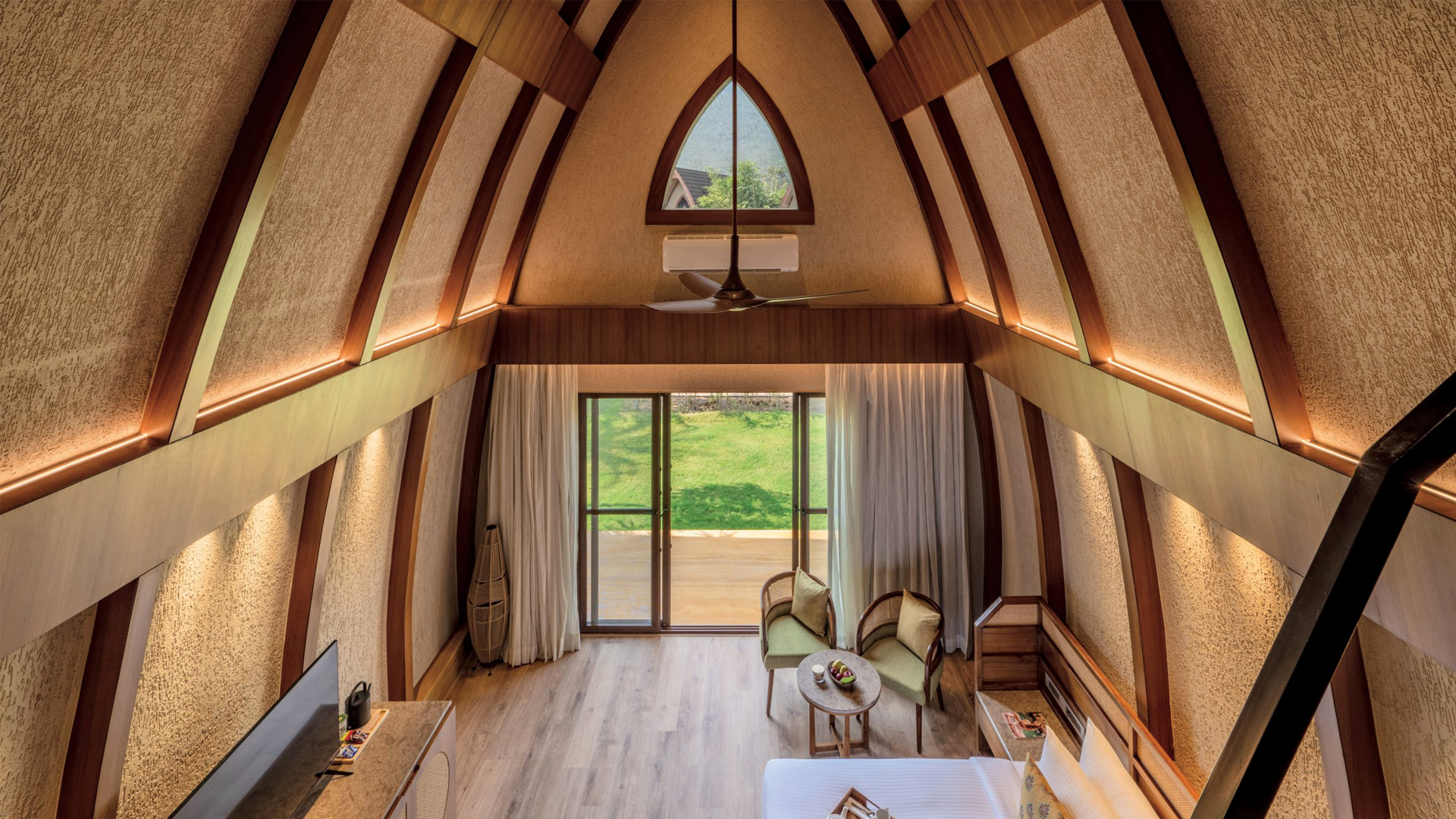An Ode to Slow Living and Mindful Luxury
Founded on a philosophy of spiritual luxury and mindful living, Ananta Hotels & Resorts is writing its own script—steadily carving a niche across a few unexplored corners of the country.
By Deepali Nandwani
Village Guwara Kundal feels like a destination suspended in time. The road from Jaipur winds through small towns, dusty plains, nondescript villages, and lush fields, until you reach another quiet hamlet—home to what can be described as a contemporary boutique eco-resort, infused with Rajasthani flourishes in its architectural language: Ananta Resort & Spa, Ajabgarh.
Ajabgarh is famous for two attributes—Amanbagh, one of Aman’s only two properties in India, and its proximity to Bhangarh Fort, infamous for being haunted by souls lost centuries ago. One of its most enduring legends is that of Princess Ratnavati, famed for her beauty and pursued by royal suitors across the land. Among them was a sorcerer skilled in black magic, who became obsessed with her. One day, as the princess shopped with her companions, he saw her buying ittar (perfume) and secretly infused the vial with a love potion. But Ratnavati saw through the trick and flung the vial onto a nearby boulder. The magic backfired, sending the boulder crashing down on the sorcerer. With his dying breath, he cursed the city, declaring it would fall into ruin and remain uninhabited forever. As the legend goes, the fort was later plundered by Mughal forces, who killed all its inhabitants, including the princess.
As experiential travel expands across India and hotels seek out emerging destinations, Ajabgarh has caught the industry’s attention. Research shows several groups, including IHCL, are eyeing the region. For now, the eco-luxury Ananta Resort & Spa is in a position of advantage, particularly in the area it is located—true to form for the brand in most resort markets. Though positioned as wellness retreats, Ananta's properties go beyond, embodying slow travel and mindful luxury.
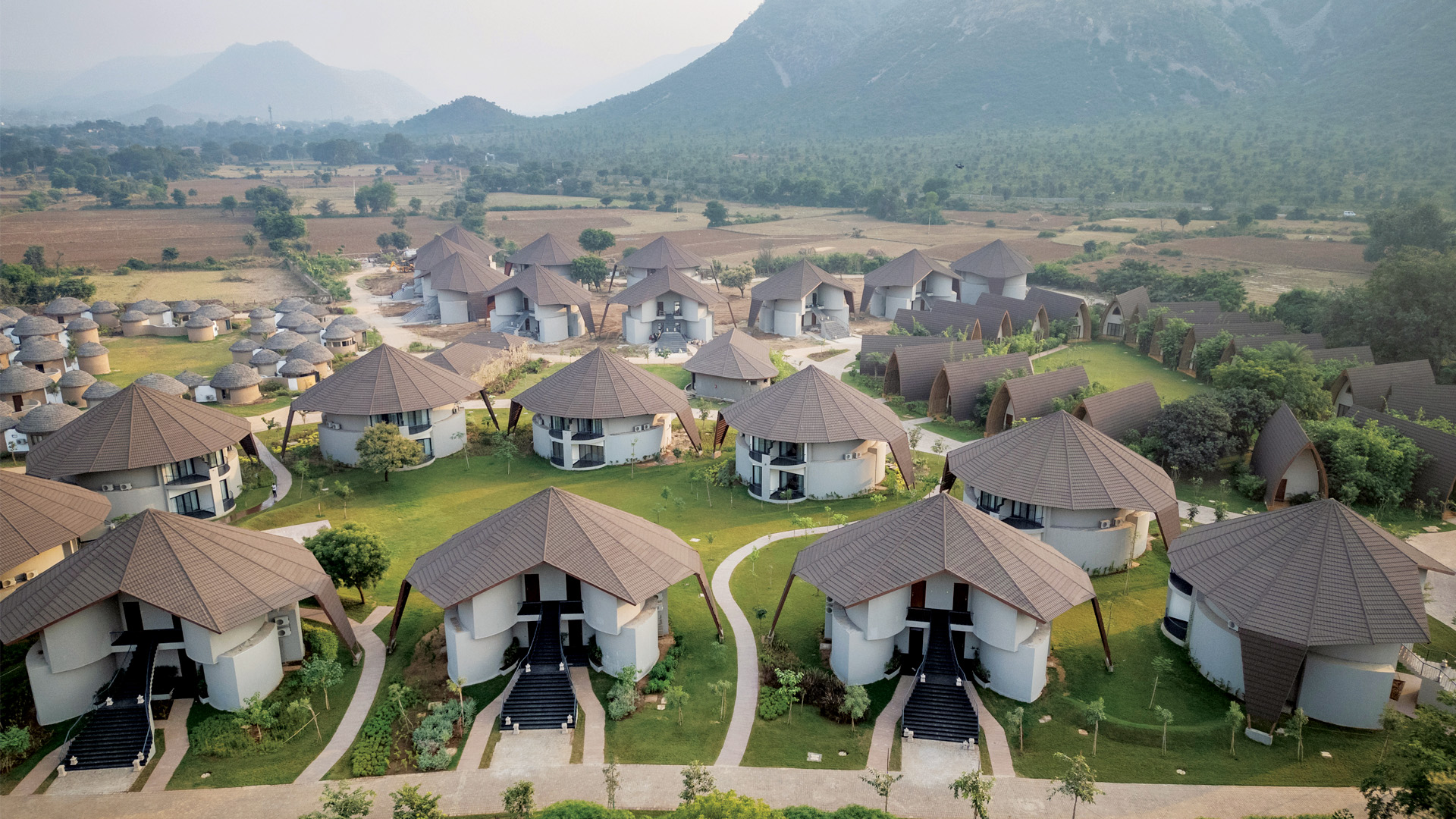
The starkly cubist Fire Villas evoke energy and creativity.
Resort in the desert
The road to this quiet corner of Ajabgarh—near villages of weavers, 17th-century forts, ancient temples like the Raghunath Temple, and the once-denuded, now-thriving Sariska Sanctuary—is winding, then suddenly opens into a sunlit expanse. The hotel sprawls across 30 acres, its sand-coloured structures nestled among landscaped gardens, framed by the Aravalli hills. In the early morning, the light over the hills and resort has a diffused, almost numinous quality. Another 70 acres remain untouched, cloaked in lush greenery and forested tracts.
In a state dominated by havelis, palaces, and forts turned into hotels—or new builds echoing traditional design—Ananta stands apart with its modern flourishes and organic minimalism. The Bamboo Villa, for instance, is a conical, tunnel-like structure with vertiginous ceilings and a cosy loft. The Fire Villas are starkly cubist, with outdoor sit-outs. Earth Villas blend mud-plastered walls with thatched roofs over concrete slabs, while the tropical Lagoon Villas float in a lotus-strewn pond. Each speaks the language of minimalism and sustainability, using eco-conscious materials like bamboo and mud, and practices that honour the natural landscape. “At Ananta, community engagement is not a CSR checkbox; it’s integral to our business model. From employing local artisans and farmers to sourcing textiles, food and decor from within the region, every property becomes a micro-ecosystem of empowerment,” says Ananta’s Director Mukul Goyal.
There are, of course, Rajasthani flourishes—how can there not be? The Mughal-Rajasthan design language is vivid and ever-present, echoing through buildings both ancient and modern. The Earth Villas, with their mud-plastered walls, reflect the region’s rural architecture, while palm-thatched roofs draw from traditional Thar desert homes. Warm, earthy tones—terracotta, beige, ochre—define the palette. Private patios nod to the open courtyards of Rajasthani havelis. The Lagoon Villas, inspired by Maldivian overwater retreats, feature delicate jaali work. Over in the auditorium, where author Tripti Pandey read from The Half Empress, a beautiful Jaipuri cotton textile drapes the ceiling. Ashutosh Goyal, Director, Ananta Hotels & Resorts, says, “At Ananta Spa & Resort, Ajabgarh, the architecture reflects the five elements. Our Fire Villas evoke energy and creativity; the Lagoon Villas represent healing and calmness. Natural materials like Eta gold limestone, bamboo and local wood blend into the landscape rather than disrupt it.”
The resort leans into experiences to offer deeper insight into the destination—like visits to nearby villages to meet weavers whose rugs are sourced by some of India’s top brands. Among them is Meena, who supports her family and educates her children through the craft she learned at her maternal home. Storytelling is at the heart of the Ananta Ajabgarh experience—tales of kings who built the region’s forts and temples, legends of the haunted Bhangarh Fort, and age-old stories of valour and beauty.
Within the resort, the experience flows from the spa to the community space—where book readings, workshops, and events are hosted—to the restaurant, where food plays a central role. Evening tea is a generous affair, laden with local snacks like Pyaaz ki Kachoris and stuffed Mirchi Bhajias. The Rajasthani dinner is equally indulgent and traditional: Lal Maas, Ker Sangri, Besan Gatta, Dal and Bati Churma, Bajre ki Roti, and Mirchi ke Tipore. This contemporary oasis, with its eco-conscious villas and Rajasthani touches, curates an experience that blends the stories of weavers, warriors, and haunted ruins with the quiet serenity of the Aravalli hills.
The Ajabgarh resort reflects Ananta Hotels & Resorts’ core strategy: sustainable properties in serene, often unexplored locations, with a deep connection to nature and cultural heritage—Udaipur being the rare exception. The focus is on high-end stays set in lush, tranquil landscapes.
Ananta’s portfolio now spans 12 hotels and resorts, in destinations like Jaipur, Udaipur, Pushkar, Ranthambore, Ajabgarh, Jaisalmer, Kasauli, and Shimla, with upcoming launches in Kumbhalgarh, Tirupati, Indore, Karjat, and Shirdi. As the group continues to pioneer lesser-known destinations—from Ajabgarh to Kumbhalgarh and beyond—it reimagines hospitality, blending nature and tradition to draw travellers into India’s unexplored corners.
Inside Ananta Hotels’ Vision of Spiritual Luxury
Q&A with Ashutosh Goyal, Director, Ananta Hotels & Resorts about the group’s sustainable architecture and close-to-nature philosophy, as well as its expansion plans.
Can you tell me about the genesis of Ananta—when and where was the first hotel established? How has Ananta’s journey evolved since then?
Ananta’s story began not as a commercial venture, but as a deeply personal calling. It was my grandfather, Mukund Goyal, who laid the foundation of this legacy, guided by his belief that hospitality could transform both people and place. The first property, Ananta Spa & Resort Pushkar, opened in 2010—amid scepticism and an economic downturn. But he saw what others didn’t: the power of spiritual destinations, the potential of resort culture in India, and the value of connecting travel with introspection. Since then, Ananta has grown from a dream into a portfolio of luxury resorts, wildlife lodges, and experiential retreats. Each property carries forward that original vision—redefining hospitality through stillness, design, and soul.
How large is Ananta’s hotel network today, and what’s driving the plan to add 40 hotels and triple revenue in five years? What investments are being made, and how are funds being prioritised?
Today, Ananta Hotels & Resorts is a growing network of operational and upcoming properties across Rajasthan, Maharashtra, Gujarat, and beyond. With 12 assets currently in operation, we’re well on track to achieve our five-year vision: 40 properties and a threefold revenue expansion. But our growth is guided, not aggressive. We invest where stories can be told—places like Ajabgarh, Karjat, and Jaisalmer—where landscapes meet legacy. Capital is being channelled into three verticals: greenfield development in high-potential, offbeat locales; renovation of existing assets with strong character; and tech-integrated guest experiences.
How do you define the Ananta brand today, and what core philosophy drives it?
At its core, Ananta is about timelessness—a space where wellness, design, and experience come together to rejuvenate the body and stir the spirit. Our brand isn’t defined by wellness or luxury alone; it’s about embracing a mindful lifestyle. Ananta doesn’t offer escapism—it offers reconnection: with nature, culture, and self. Our positioning is rooted in spiritual luxury—subtle, immersive, and deeply personal. Whether meditating in a private garden in Udaipur, spotting tigers in Ranthambore, or sipping a rose-infused cocktail in Pushkar, you're part of an experience that’s both curated and intimate.
Could you tell me about the design and architectural ethos of Ananta Hotels?
Design at Ananta is never purely aesthetic—it’s a dialogue between terrain, tradition, and tranquillity. At Ananta Spa & Resort, Ajabgarh, the architecture reflects the five elements: Fire Villas evoke energy and creativity; Lagoon Villas embody healing and calm. Natural materials like Eta gold limestone, bamboo, and local wood blend seamlessly into the landscape. At The Ananta Udaipur, our vision was a private sanctuary spread across 98 acres—Balinese-inspired villas with stonework and a gravity-fed water system designed to disappear into the hills, not dominate them. In Pushkar, design reimagines rustic luxury with courtyard-style cottages opening into rose gardens, symbolic of the town’s spiritual bloom.
You’re targeting Tier-II cities and offbeat destinations such as Ajabgarh. What opportunities do you see in these markets, and how do you differentiate Ananta from competitors in such locations?
India’s true travel renaissance lies in its untold stories. Tier-II and offbeat locations like Ajabgarh, Karjat, or even Gir offer authenticity, cultural richness, and unspoiled beauty; qualities that luxury travellers now seek more than marble lobbies. These destinations allow us to create immersive stays that connect with the land. What differentiates Ananta is not just where we go but how we design through local materials, regional cuisine, and contextual storytelling.
Do offbeat destinations present challenges, such as logistics, labour, or marketing? How are you addressing these?
Yes, offbeat locales come with challenges—especially in infrastructure, talent acquisition, and marketing. But every challenge holds the seed of innovation. In Ajabgarh, for instance, we faced power and transport constraints, which we addressed through solar integration, gravity-fed water systems, and partnerships with local vendors to build a community-rooted supply chain. We're also developing a skilled talent pool from within these regions, ensuring our properties don’t just serve the land—they belong to it.
Eco-consciousness seems to be a big part of your approach. Can you elaborate on the sustainable practices—during both construction and operation—implemented across properties?
Sustainability isn’t a feature at Ananta—it’s part of our DNA. In Ajabgarh, landscaping with native plant species preserves micro-ecology and reduces water use. In Udaipur, over 10,000 trees form a natural green lung. We’ve integrated solar power, greywater recycling, and zero-waste kitchens across multiple locations. Our goal is carbon neutrality across all assets within the next decade. And through our Great Indian Bustard Conservation Initiative at our wildlife lodges, we affirm our belief that hospitality must give back—not just in smiles, but in ecosystems restored.
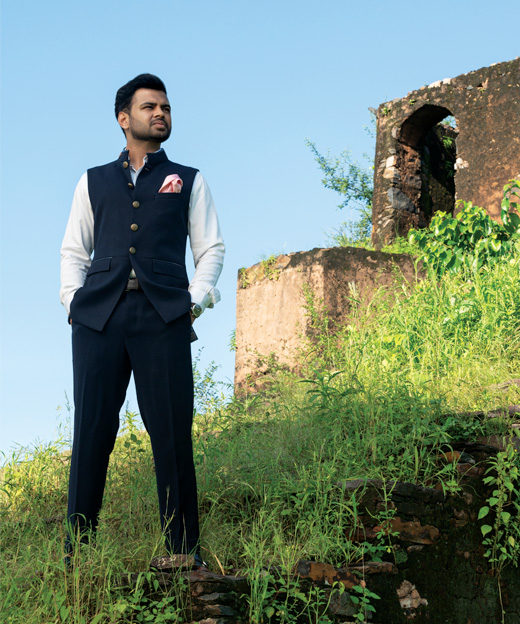
Ashutosh Goyal, Director, Ananta Hotels & Resorts.
Designing a greener hospitality brand
Q&A with Mohit Goyal, Director, Ananta Hotels & Resorts, on ownership models, environmental sustainability, and balancing innovation with tradition.
Do you primarily own your hotels, or follow a mixed ownership and management model? What’s in the pipeline?
Ananta follows a blended ownership model—a strategic choice that allows us to preserve our brand DNA while scaling with agility. Our flagship resorts in Pushkar and Udaipur are self-owned and serve as benchmarks for the Ananta experience. Meanwhile, our management portfolio is expanding rapidly. Under our Global Hospitality initiative, we’re partnering with distressed assets and independently-owned properties, helping them rise to the Ananta standard through design, service, and operational upliftment. Our pipeline reflects a philosophy of immersive expansion, not growth for its own sake. Projects in Jaisalmer, Karjat, and Somnath are in advanced planning. We’re also exploring international opportunities in spiritual and wildlife-rich destinations that align with our ethos of ‘luxury with soul’.
Beyond environmental sustainability, how does Ananta contribute to supporting and empowering local communities around your properties?
True hospitality must uplift not only the guest but the ground it stands on. At Ananta, community engagement isn’t a CSR checkbox—it’s central to our business model. From employing local artisans and farmers to sourcing textiles, food, and décor regionally, each property becomes a micro-ecosystem of empowerment. In Pushkar, we support rose cultivators and employ local musicians to infuse guest experiences with cultural authenticity. In wildlife destinations like Gir and Ranthambore, we’ve partnered with forest departments to promote conservation education and hire naturalists from nearby villages. These aren’t just practices—they’re the stories our guests take home.
As a family-run business, how are you balancing tradition with innovation? How is the next generation honouring the founder’s legacy while shaping the brand’s future?
Navigating a family-run business across three generations demands more than succession—it demands synergy. We see tradition not as a tether, but as a root from which new branches grow. Our grandfather, Mukund Goyal (Chairman, Ananta Hotels & Resorts), instilled purpose and values; our father, Sanjay Goyal (Managing Director), brought structure. Our role has been to infuse innovation, scale, and global sensibilities. From investing in digital transformation and expanding into new markets to integrating sustainability metrics into our operational dashboards, the next generation is actively shaping Ananta as a future-facing, heritage-honouring brand. Yet, every step forward carries the soul of our origins.
What has been the most challenging moment in leading Ananta so far and how has it shaped your leadership style and the company’s direction?
Perhaps the most testing moment was the pandemic—an era that froze travel but unfroze a thousand anxieties. For a brand rooted in experiential luxury and human interaction, it meant realigning everything from safety protocols to staffing and financial resilience. But the crisis, as I’ve learned, is a crucible. It taught us the art of adaptation. We introduced contactless hospitality, reimagined spaces for staycations and digital nomads, and launched wellness-forward packages to meet a changed guest psyche. That period cemented my belief in empathetic leadership—one that blends decisiveness with compassion. We not only protected jobs but upskilled our teams and kept Ananta’s emotional engine alive.
India’s tourism sector is booming but still faces infrastructure challenges. How is Ananta navigating these while delivering a world-class experience?
India is entering its golden decade of tourism, but infrastructural inconsistencies remain a bottleneck. At Ananta, we mitigate these through self-sufficiency; our properties are often designed to be self-contained ecosystems. Solar grids, gravity-fed water systems and private experiences ensure that our standards are not held hostage to external inefficiencies. What sets Ananta apart is our blend of spiritual depth, design intelligence and ecological foresight. We are not a chain of hotels; we are a constellation of stories. Each property is anchored in its landscape, its community and its own rhythm. What makes me proudest? Guests return year after year, not just for our views or our food but because they say Ananta feels different. That emotional resonance is our true metric of success. In the decade ahead, we envision Ananta as India’s most respected eco-luxury hospitality brand, one that contributes not just to GDP, but to the global understanding of India as a place of beauty, depth and warmth.
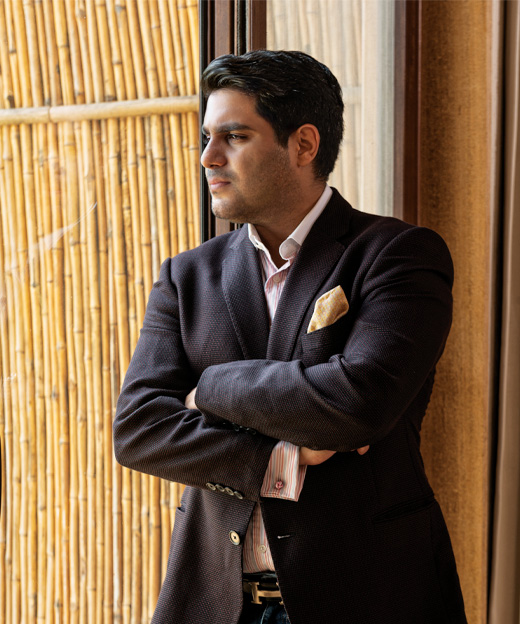
Mohit Goyal, Director, Ananta Hotels & Resorts.

















